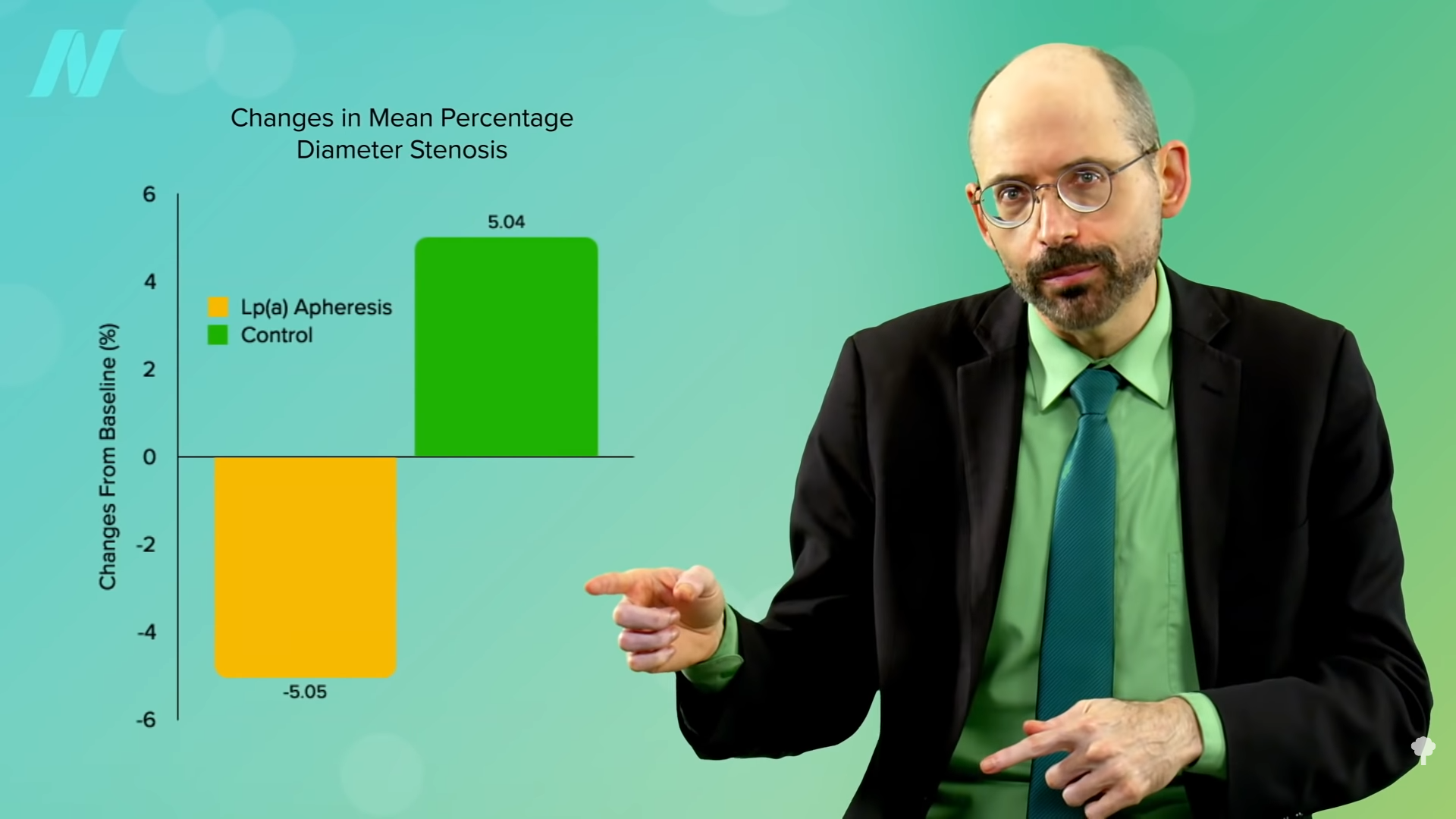Have you ever wondered what could lead to severe coronary disease in someone with a healthy lifestyle and low cardiovascular disease risk? It’s a scenario that leaves many puzzled. Picture this – a young man with no alarming blood pressure or cholesterol levels ends up in the ER after a heart attack, only to discover he has severe coronary artery disease. The culprit? High levels of lipoprotein(a), also known as Lp(a), at a staggering 80mg/dL. This raises important questions about what Lp(a) is and how we can tackle it.
Discover more about Lp(a) and its impact on heart health
here.
As explored in the video “Treating High Lp(a): A Risk Factor for Atherosclerosis,” Lp(a) is a greatly underestimated risk factor for cardiovascular diseases. This vital protein has been linked to coronary artery disease, heart attacks, strokes, peripheral arterial disease, calcified aortic valve disease, and heart failure. Shockingly, these conditions can plague individuals with normal cholesterol levels because Lp(a) is a cholesterol-carrying molecule that plays a pivotal role in arterial inflammation and atherosclerotic plaque formation. Despite the clear evidence, the increased risk associated with Lp(a) is often overlooked by many healthcare practitioners.

It is widely acknowledged that the clinical utility of Lp(a) is hampered by the lack of effective treatments to reduce plasma levels. Given that approximately 90% of Lp(a) concentrations are genetically determined, many have resigned to the belief that little can be done to alter these levels. While this may hold some truth, it is crucial to be aware of one’s Lp(a) levels as they can influence the management of other modifiable risk factors. Individuals with elevated Lp(a) levels should particularly prioritize lifestyle changes such as smoking cessation and cholesterol control to mitigate their overall cardiovascular risk.
Learn more about the odds of heart disease at varying Lp(a) levels and the global prevalence of elevated Lp(a) in this study.

To prove the causal link between Lp(a) and atherosclerosis, innovative treatments like apheresis have been employed. Apheresis involves the extracorporeal removal of blood to reduce Lp(a) levels, demonstrating a reversal in the progression of atherosclerosis. While this method serves as compelling evidence of Lp(a)’s role in cardiovascular disease, its limited accessibility, cost, and time-intensive nature restrain its widespread adoption.

While apheresis offers a notable reduction in Lp(a) levels, the transient effect necessitates recurrent treatments, rendering it financially burdensome. Consequently, exploring alternative methods, such as dietary interventions, becomes imperative. Stay tuned as we delve into the role of diet in modulating Lp(a) levels in the upcoming video.
Curious about how diet can influence Lp(a) levels? The answers await in the fascinating conclusion coming up in the next video. In the meantime, kickstart your journey towards minimizing heart disease risk with insights from “How Not to Die from Heart Disease.”













